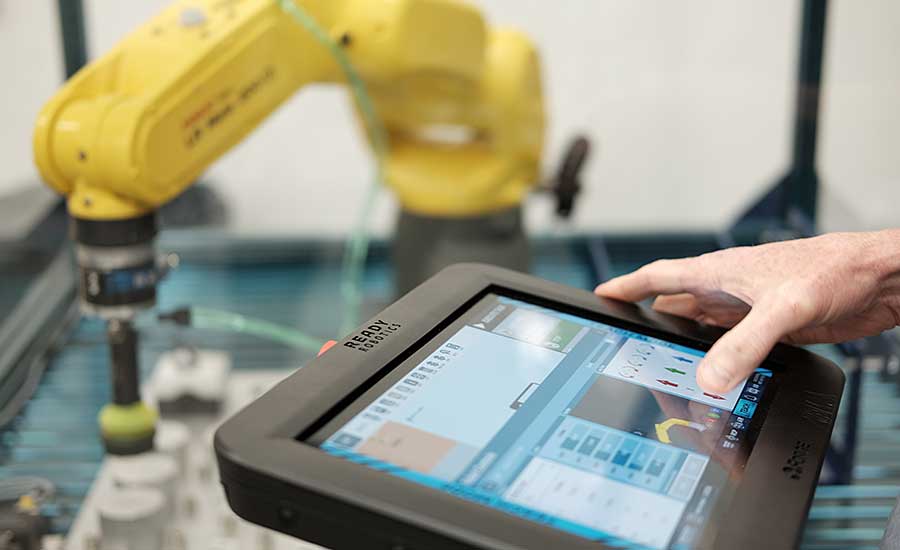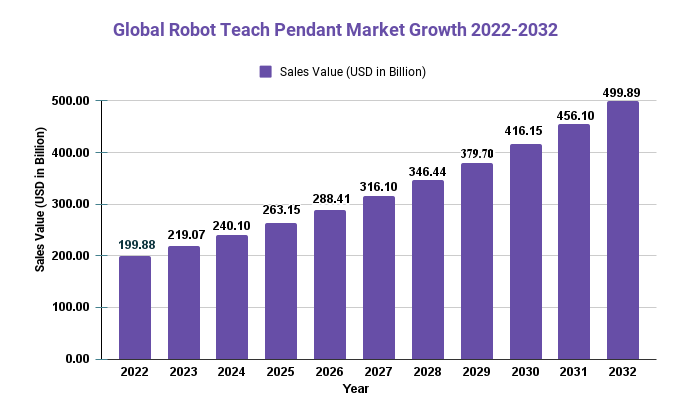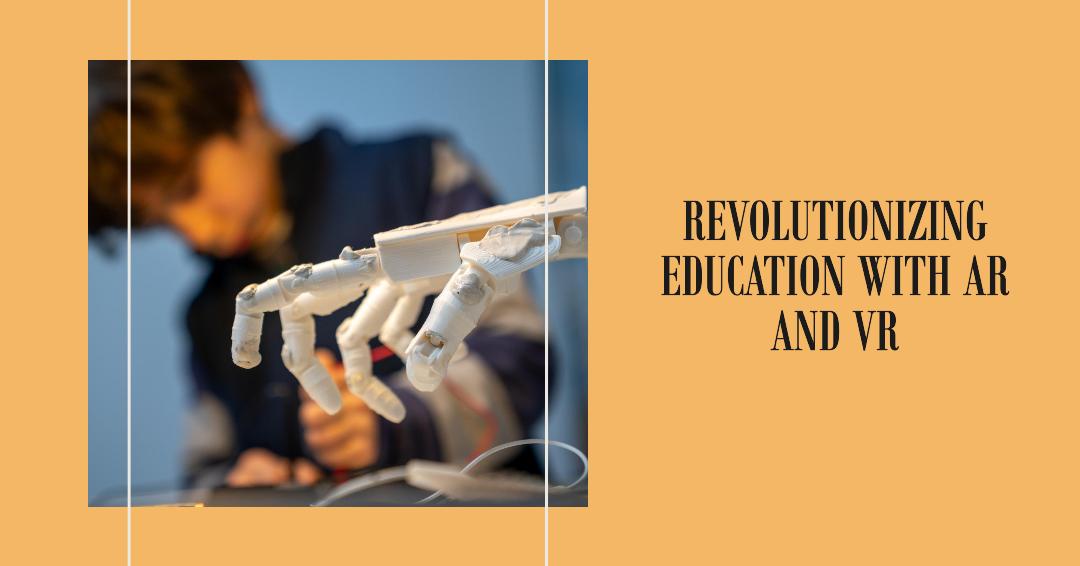Robot Teach Pendant Market Factor Analysis and CAGR 9.6% By 2032 || US Crisis Impact

Page Contents
Market Overview
Published Via 11Press: The robot teach pendant market encompasses handheld devices that enable operators to program and control industrial robots. This market includes both wired and wireless teach pendants, which are used across numerous industries such as automotive, electronics, food & beverage.
Market.us recently published a market research report that valued the global robot teach pendant market at USD 199.88 million in 2022 and projected it to reach USD 499.89 million by 2032, growing at an annual compound growth rate (CAGR) of 9.6% from 2022-2032.
The report highlights several factors driving growth in the robot teach pendant market, such as:
- Industrial Automation on the Rise: As industries increasingly automate their manufacturing processes, demand for robots and associated control devices such as teach pendants is expected to surge.
- Increasing Utilization of Collaborative Robots: Collaborative robots (cobots) are designed to work alongside human operators and require intuitive programming interfaces. This trend is expected to drive demand for more sophisticated yet user-friendly teach pendants.
- Technological developments: It is anticipated that the demand for more complex and cutting-edge teach pendants will increase as a result of the development of powerful sensors, artificial intelligence, and machine learning technologies.
- Demand for faster and more effective programming: As manufacturing procedures get more intricate and there is a greater demand for personalized goods, there will be a greater need for robots to be programmed more quickly and effectively.
Request For Sample Report Here: https://market.us/report/robot-teach-pendant-market/request-sample

Regional Snapshot
- North America: North America is projected to hold a major share in the robot teach pendant market, due to the increasing adoption of industrial automation in various sectors such as automotive and electronics. The United States is expected to lead this regional growth trajectory.
- Europe: The European market for robot teach pendants is forecast to grow significantly due to increasing demand for automation in industries such as automotive, food and beverage, and pharmaceuticals. Germany, France, and the United Kingdom are predicted to be the major contributors to market development within this region.
- Asia Pacific: The Asia Pacific region is projected to experience significant growth in the robot teach pendant market, due to increased industrial automation and rising consumer electronics product demand. China, Japan, and South Korea are expected to be among the major contributors driving this regional market expansion.
- Rest of World: The rest of the world region, which includes Latin America, the Middle East, and Africa, is expected to experience growth in the robot teach pendant market due to increasing adoption of industrial automation in these regions.
Market Dynamics
Drivers
- Increased Adoption of Industrial Automation: The increasing adoption of industrial automation is fueling the growth in the robot teach pendant market, as they are essential for programming and controlling industrial robots. As industries automate their manufacturing processes, demand for robots and associated control devices such as teach pendants is expected to surge.
- Advancements in Technology: The advent of advanced sensors, artificial intelligence, and machine learning technologies has driven demand for more sophisticated teach pendants. These advancements enable the precise programming of industrial robots which is essential for improving manufacturing efficiency and reducing production costs.
- Increased Utilization of Collaborative Robots: Collaborative robots, or cobots, are designed to work alongside human operators and require intuitive programming interfaces. This has led to an increasing demand for more advanced yet user-friendly teach pendants that can be quickly programmed and controlled by operators.
- Growing Need for Customization in Manufacturing: As manufacturing processes become more intricate and the demand for customized products grows, the demand for faster programming of robots is driving innovation towards more sophisticated and effective teach pendants.
- Need for Efficient Training: Teach pendants to offer an efficient means for teaching workers how to operate and program industrial robots. As industries struggle with a shortage of skilled labor, effective training of employees is becoming increasingly important. Teach pendants are an essential tool in this regard.
Restraints
- High Initial Investment Costs: The upfront costs associated with robot automation systems and teach pendant devices can be substantial, which may limit the adoption of the technology among smaller businesses with limited resources.
- Lack of Skilled Labor: Despite the growing need for skilled labor in industries using robots, there remains a shortage of workers with the necessary abilities and training to operate and program these devices. This may limit their adoption and use as teaching pendants by robots.
- The complexity of Programming: Despite advances in technology, programming robots remains challenging and time-consuming. This may prevent small businesses with limited resources from adopting robot teach pendants or other automation devices, particularly for larger enterprises that possess more resources.
- Security Concerns: As more devices connect to the Internet of Things (IoT), there is an increasing concern for their security and the data they collect. This may limit the adoption of robot teach pendants and other automation devices, especially in industries with stringent security requirements.
Opportunities
- Expansion into New Industries: Industrial automation has long been associated with manufacturing industries, but there is now increasing demand for it in other sectors such as healthcare, logistics, and agriculture. This presents an opportunity for the robot teach pendant market to expand into these new fields.
- Development of User-Friendly Interfaces: As demand for collaborative robots and straightforward automation systems continues to expand, there is an exciting potential for creating more user-friendly interfaces for robot teach pendants. Doing so could significantly boost the adoption rates of robot automation systems across a variety of industries.
- Integration with Advanced Technologies: Combining robot teach pendants with cutting-edge technologies like artificial intelligence and machine learning can enable more sophisticated programming and control of industrial robots, increasing efficiency and productivity while decreasing costs.
- Increased Demand for Customized Products: As the demand for customized items continues to grow, robots teach pendant manufacturers to have the opportunity to develop devices that enable robot programming so customized goods can be produced more efficiently and effectively.
- Development of Remote Teach Pendant Systems: Remote teach pendant systems to provide the capacity to program and control robots remotely, making them especially helpful in hazardous or hard-to-reach places. This gives manufacturers an opportunity to design more advanced and sophisticated remote teach pendant systems.
View Detailed TOC of the Report | https://market.us/report/robot-teach-pendant-market/table-of-content/
Challenges
- High Initial Investment Costs: The high upfront expenses associated with robot automation systems and teaching pendant devices can be a substantial deterrent, particularly for smaller businesses with limited budgets.
- Lack of Skilled Labor: Despite the growing need for skilled labor in industries using robots, there remains a shortage of workers with the necessary abilities and qualifications to operate and program these devices. This could restrict the adoption and utilization of robot teach pendants.
- Programming Complexity: Even with recent advances in technology, programming robots remains complex and time-consuming. This may limit their adoption among smaller businesses with limited resources, particularly those using robot teach pendants or other automation devices for training purposes.
- Safety Issues: Robot automation systems can pose serious safety hazards to workers if not designed, programmed, and operated properly. This should be taken into account when businesses consider adopting robot teach pendants and other automation devices.
- Integration with Legacy Systems: Many businesses still rely on outdated systems and equipment that may not be compatible with modern automation technologies, such as robot teach pendants. This makes it challenging for companies to adopt and integrate these innovations into their operations.
Key Market Segments
Type
- Electric drive robots
- Hydraulic robots
- Pneumatic robots
Application
- Material Handling
- Welding application
- Painting application
Key Market Players
- ABB
- FANUC
- KUKA
- Omron Adept Technologies
- Yaskawa Motoman
- DENSO Robotics
- Epson America
- Festo
- Intelitek
- Nachi Robotic Systems
- Seiko
- Yamaha Robotics
Report Scope
| Report Attribute | Details |
| The market size value in 2022 | USD 199.88 Mn |
| Revenue forecast by 2032 | USD 499.89 Mn |
| Growth Rate | CAGR Of 9.6% |
| Regions Covered | North America, Europe, Asia Pacific, Latin America, and Middle East & Africa, and Rest of the World |
| Historical Years | 2017-2022 |
| Base Year | 2022 |
| Estimated Year | 2023 |
| Short-Term Projection Year | 2028 |
| Long-Term Projected Year | 2032 |
Frequently Asked Question
Q: What is the current market size for the Robot Teach Pendant Market?
A: According to a report by Market.us, the Robot Teach Pendant Market was valued at USD 199.88 million in 2022 and is expected to reach USD 499.89 million by 2032, growing at a CAGR of 9.6% during the forecast period.
Q: What are the key segments of the Robot Teach Pendant Market?
A: The Robot Teach Pendant Market can be segmented based on Type (Electric drive robots, Hydraulic robots, Pneumatic robots), By Application (Material Handling, Welding? application, Painting application), and geography (North America, Europe, Asia-Pacific, Latin America, and Middle East & Africa).
Q: Who are the key players in the Robot Teach Pendant Market?
A: Some of the key players in the Robot Teach Pendant Market include ABB, FANUC, KUKA, Omron Adept Technologies, Yaskawa Motoman, DENSO Robotics, Epson America, Festo, Intelitek, Nachi Robotic Systems, Seiko, Yamaha Robotics.
The team behind market.us, marketresearch.biz, market.biz and more. Our purpose is to keep our customers ahead of the game with regard to the markets. They may fluctuate up or down, but we will help you to stay ahead of the curve in these market fluctuations. Our consistent growth and ability to deliver in-depth analyses and market insight has engaged genuine market players. They have faith in us to offer the data and information they require to make balanced and decisive marketing decisions.



